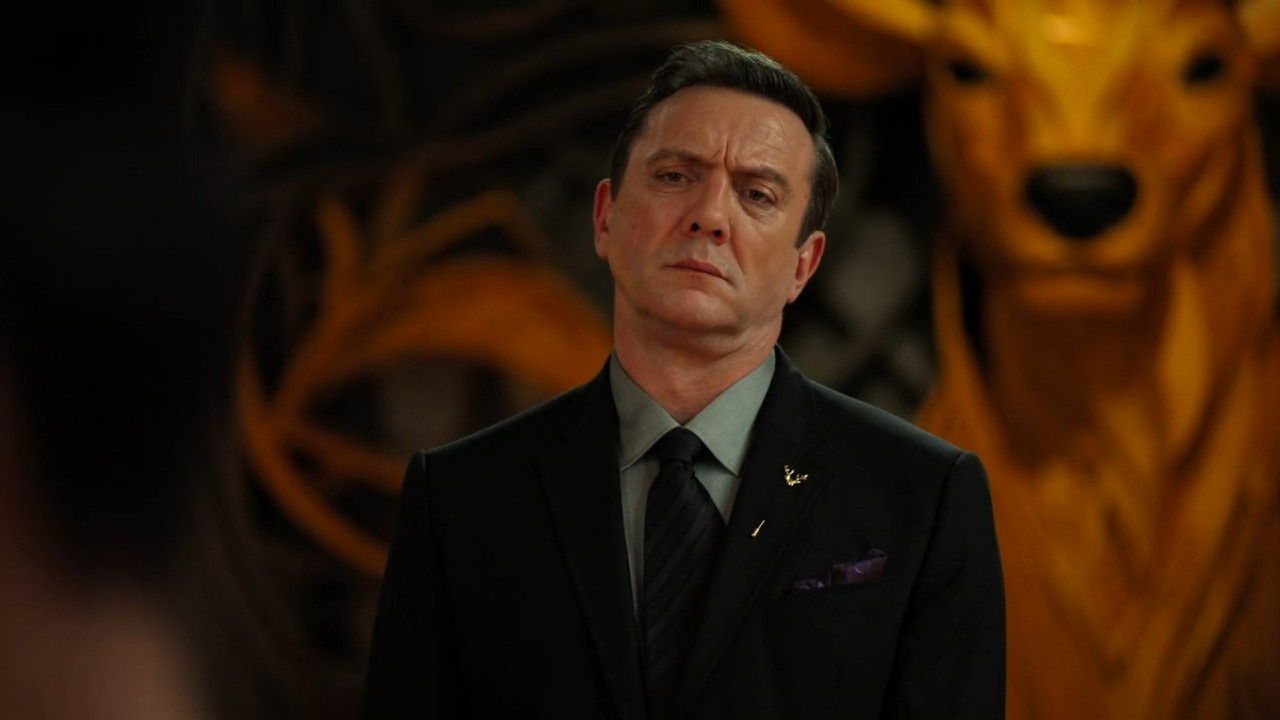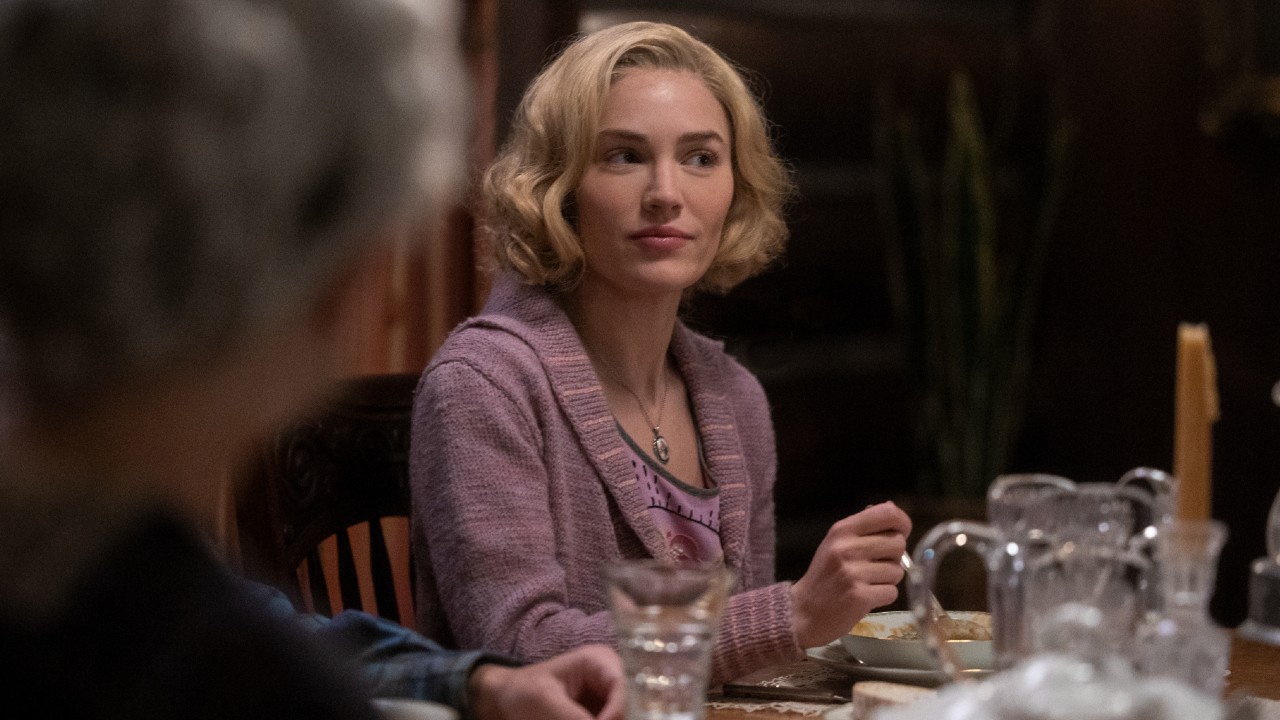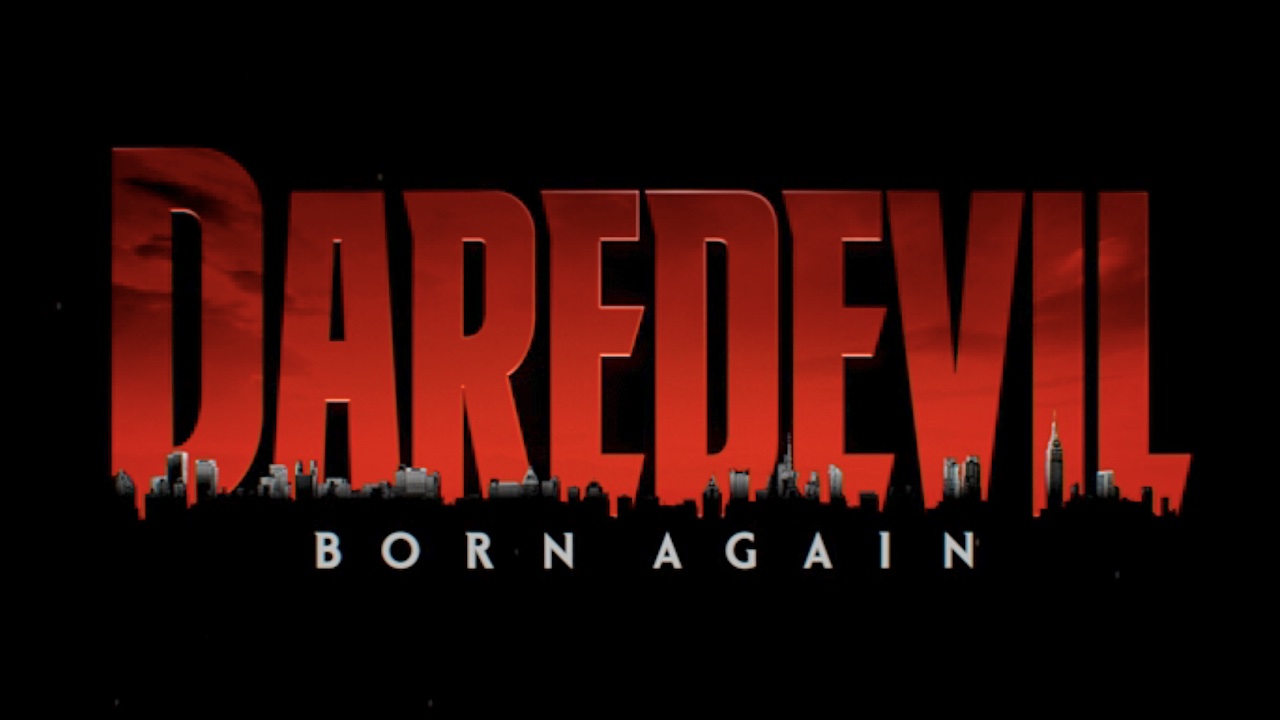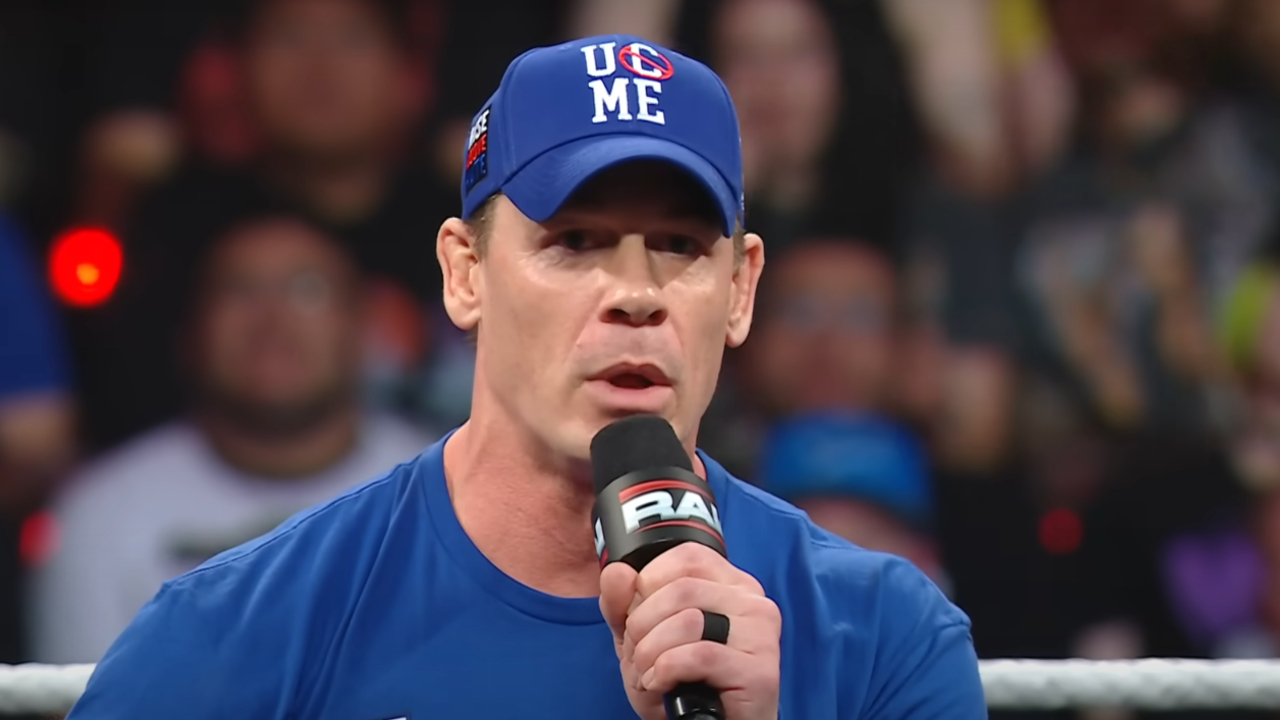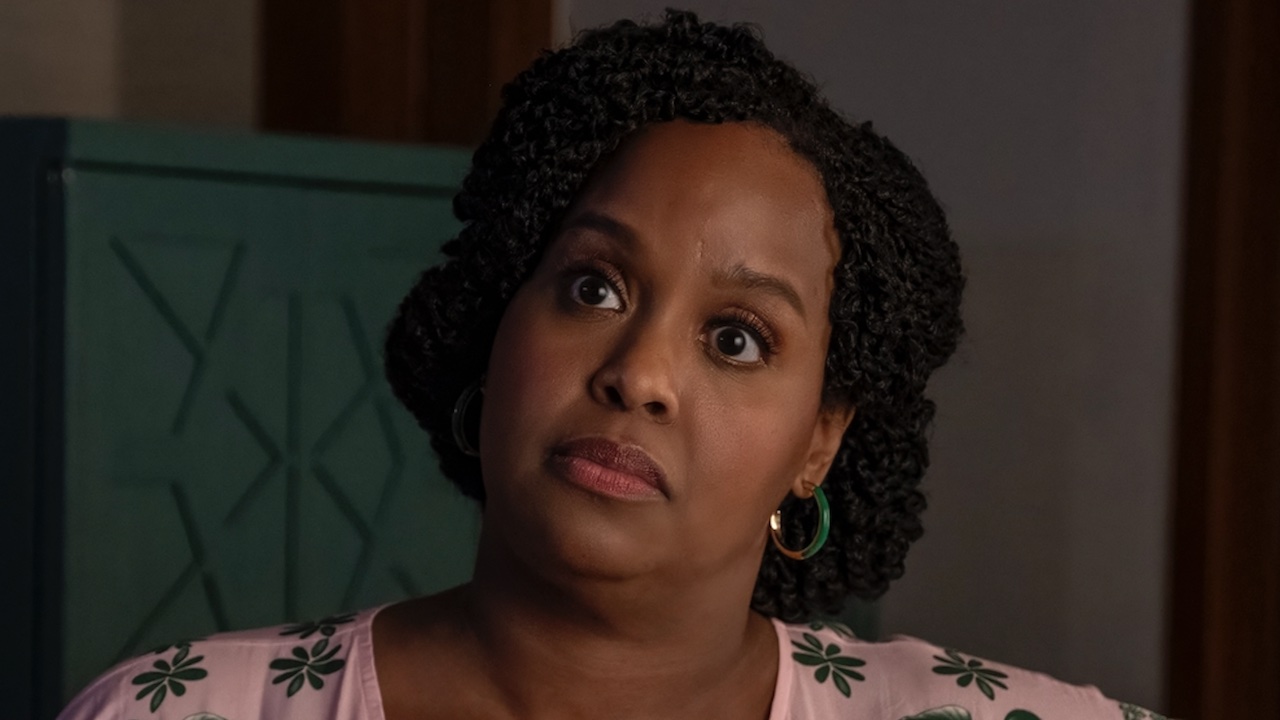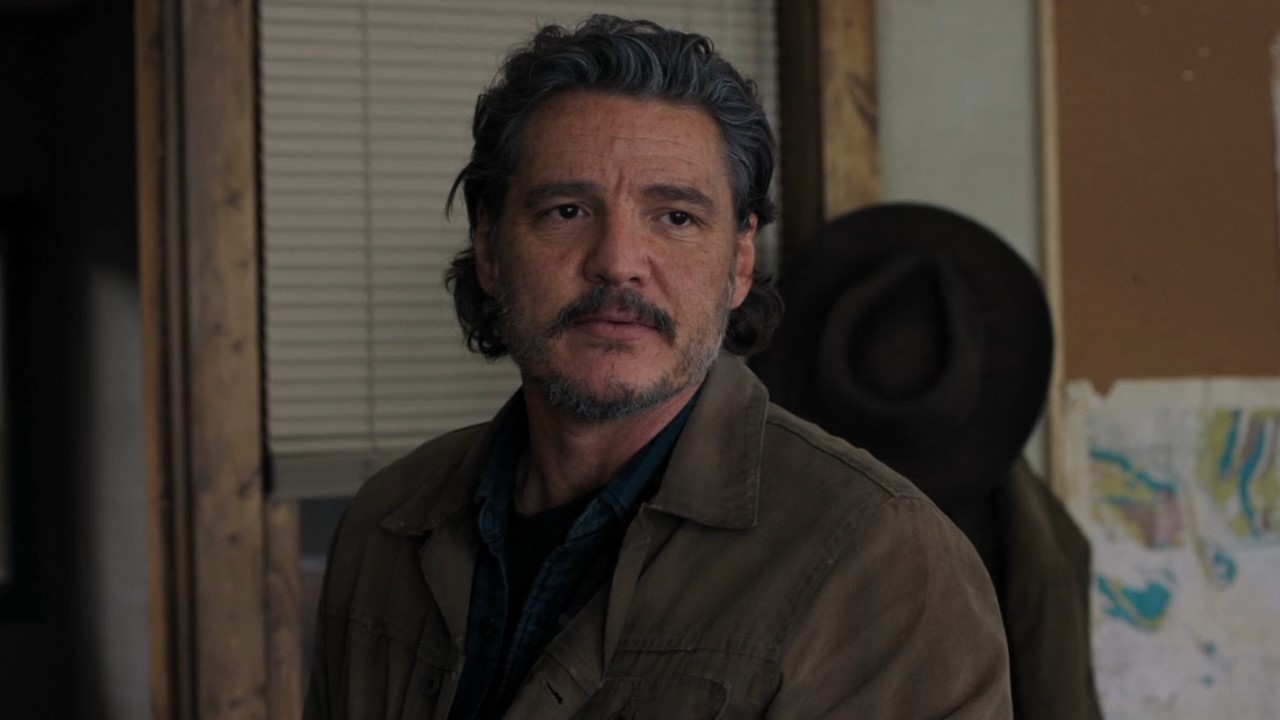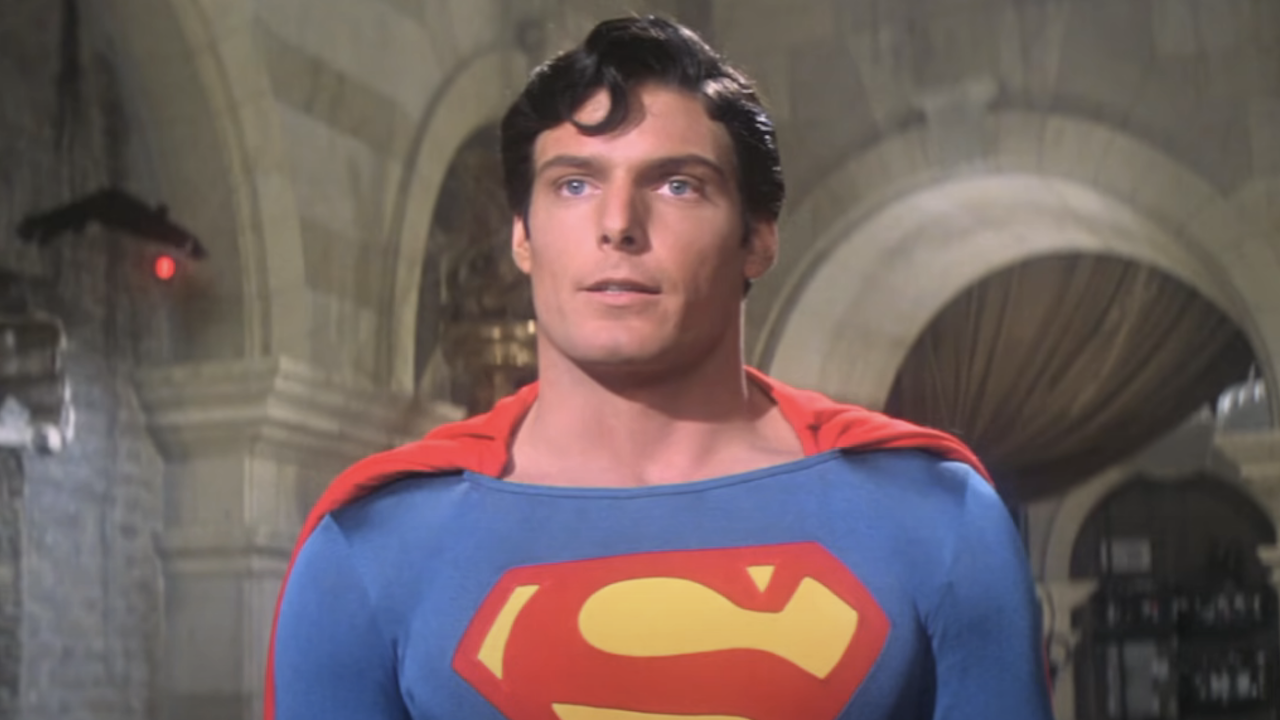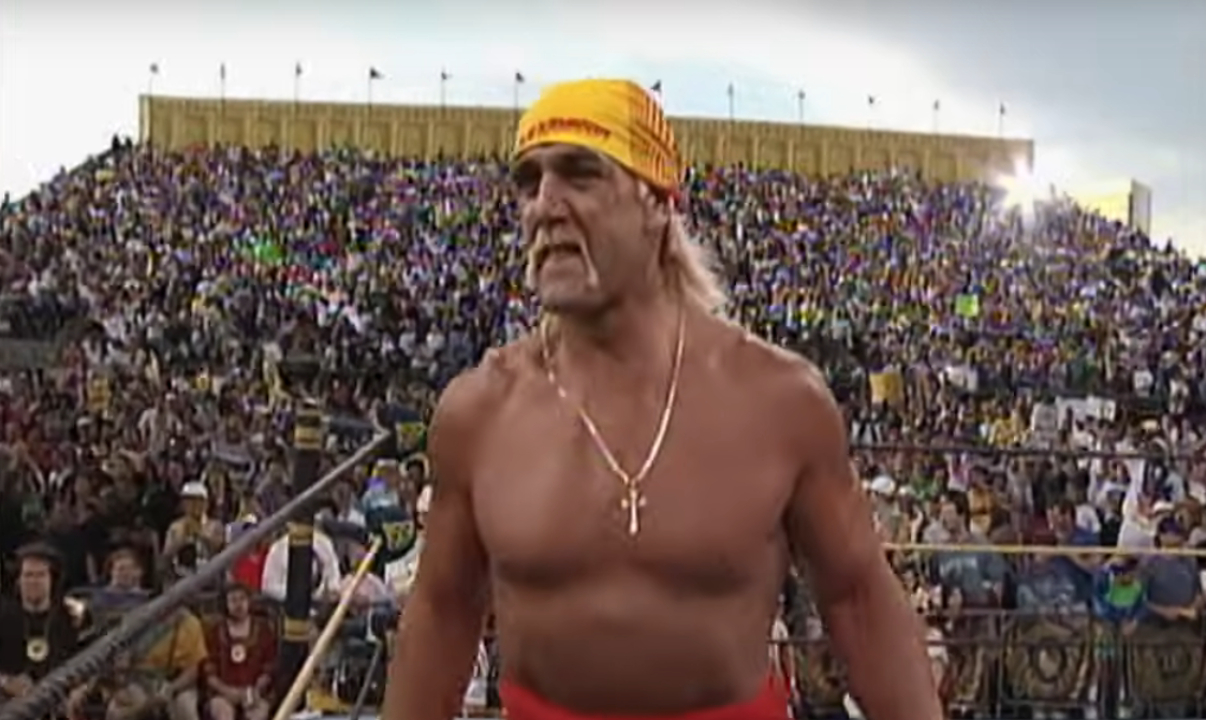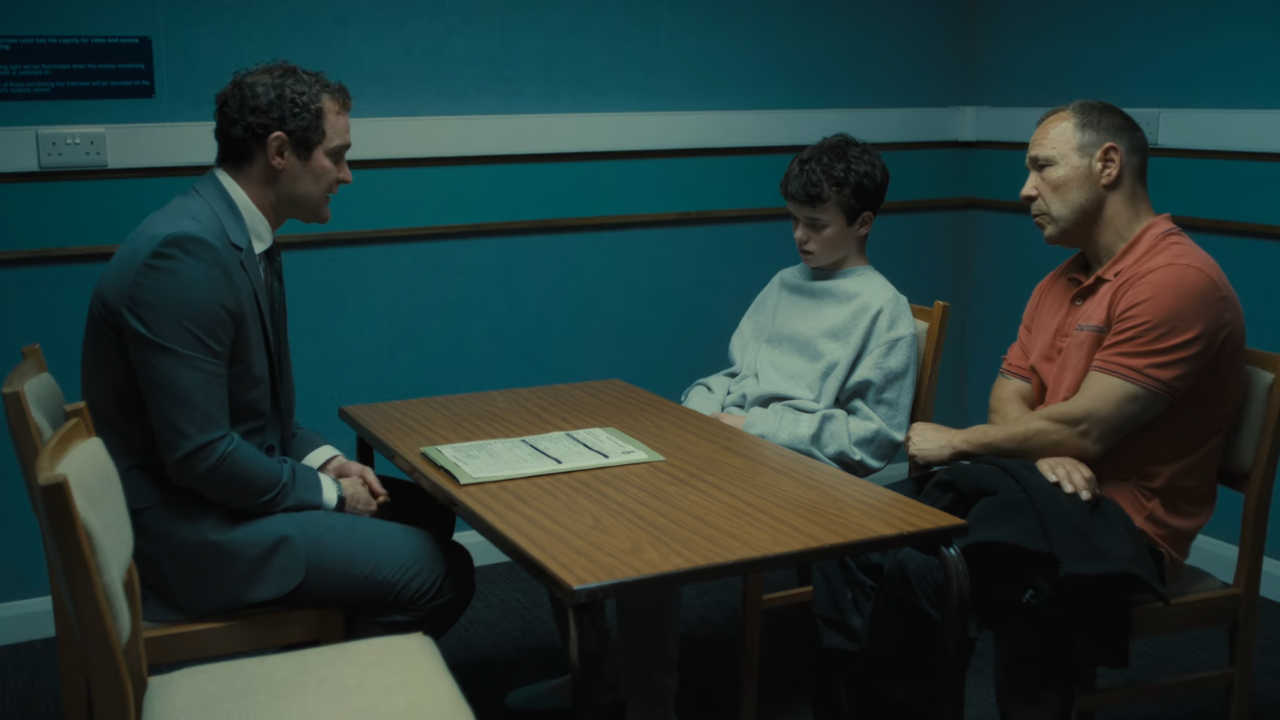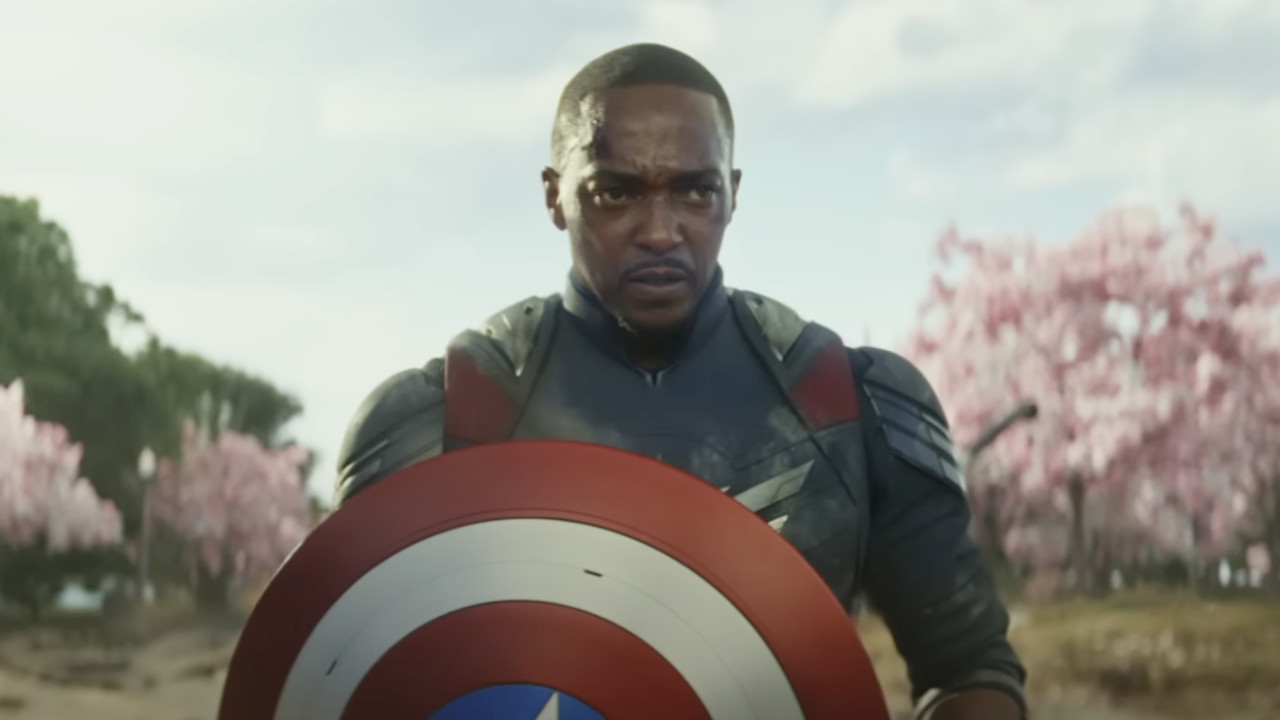Contagion: 10 Behind-The-Scenes Facts About Steven Soderbergh’s Pandemic Thriller
It's like Steven Soderbergh had a crystal ball into the future
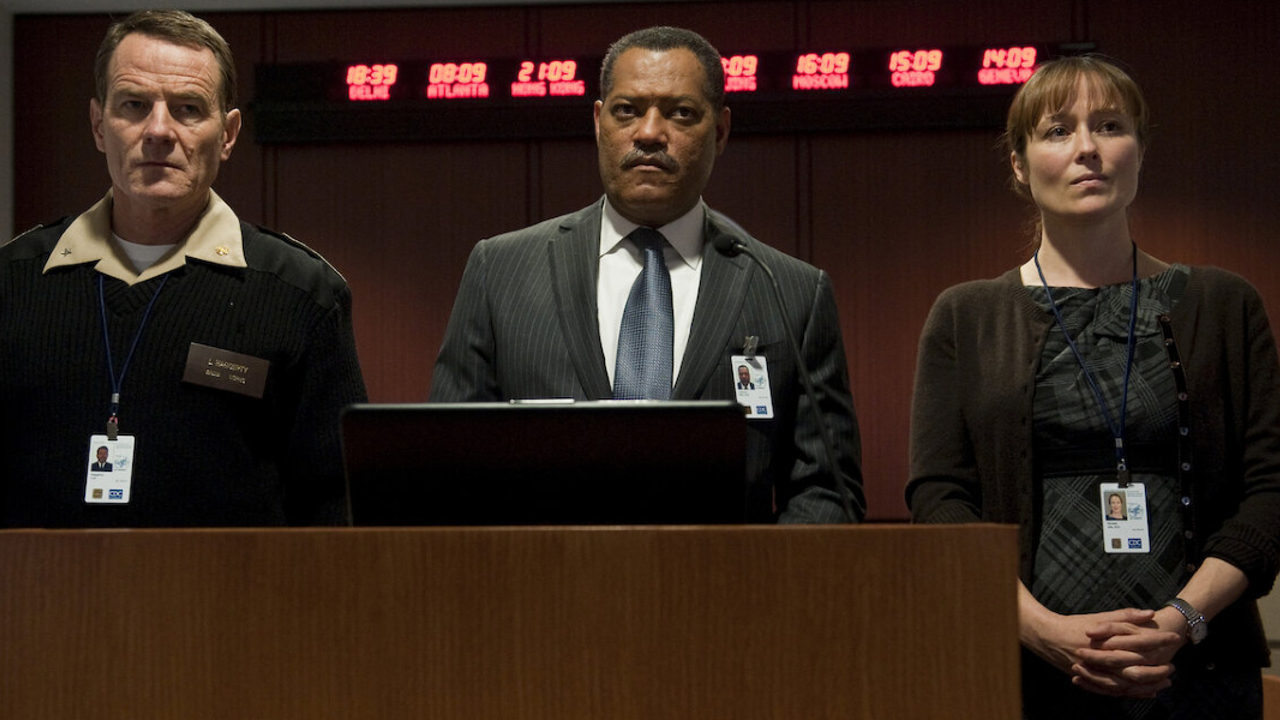
Since the onset of the COVID-19 pandemic in the early part of 2020, Steven Soderbergh’s anxiety-inducing 2011 thriller Contagion has become one of the most talked about movies for the way in which it pretty much predicted what would happen nearly a decade after its release as well as how it thoughtfully and honestly approached a global health crisis. Even before Contagion became the go-to choice for people looking for a movie tackling pandemics when we all first went into quarantine, it was a gripping film that balanced great research with captivating performances from its various stars. Below we will break down all the behind-the-scenes facts about how the movie went from an idea to one of the most traumatizing films in recent memory, facts that hopefully give you an even greater appreciation for Contagion.
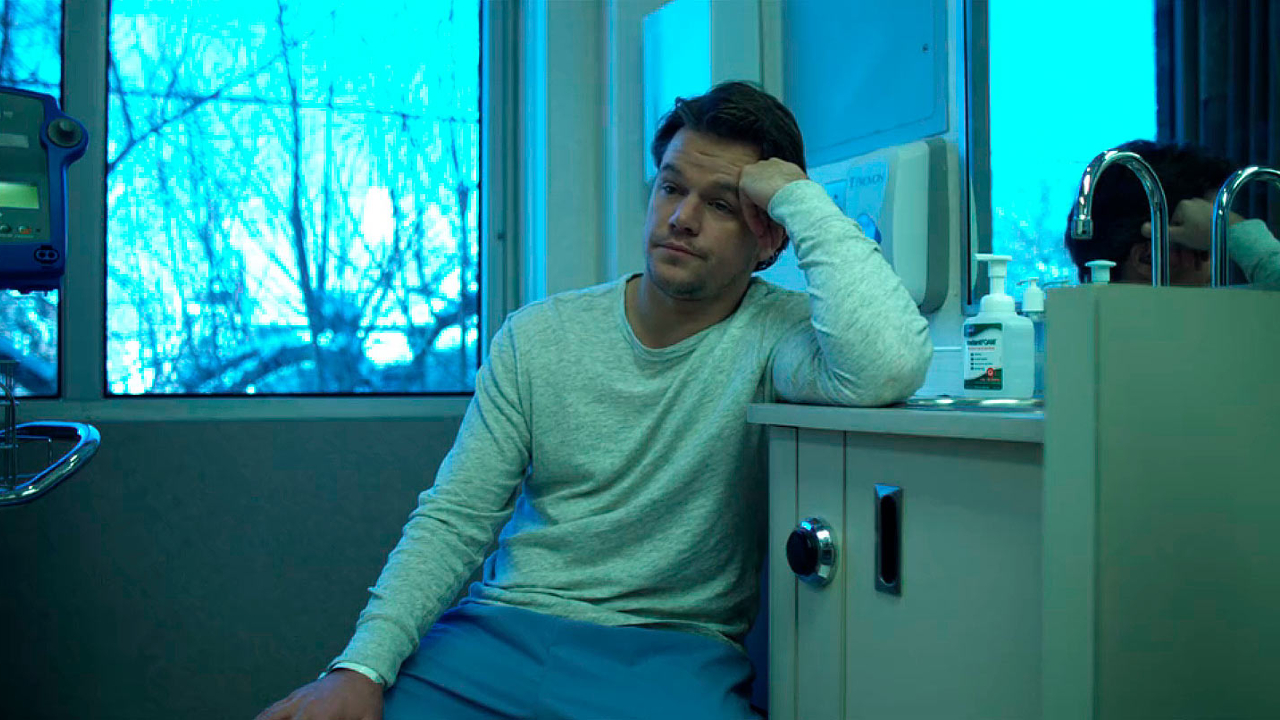
Scott Z. Burns Came Up With The Idea Of A Pandemic Movie While Working On The Informant!
Screenwriter Scott Z. Burns and Steven Soderbergh first worked together for the 2009 crime comedy The Informant!, a movie that saw Matt Damon play real-life whistleblower Mark Whitacre. During that film’s production Soderbergh came up to Burns and asked him what he was working on next, to which Burns replied by saying he wanted to make a pandemic movie. During a 2011 interview with The Inside Reel, Burns revealed that he was inspired by a scene in The Informant in which Damon’s character goes on a rant about how quickly germs can spread, and so he thought it would be an idea worth tackling. But instead of making a movie that sensationalized viral outbreaks and society’s response to them, Burns wanted to instead make a more realistic and grounded take on the genre. Soderbergh was totally on board.

Scott Z. Burns Consulted With Epidemiologists To Come Up With A Virus For Contagion And Figure Out How Pandemics Work
Once Scott Z. Burns decided that he wanted to make a more fact-based pandemic movie, he began reaching out to experts in the field like Dr. Larry Brilliant, a world-renowned epidemiologist who had given a TED talk about the transmission of diseases. In the same Inside Reel interview mentioned above, Brilliant, Burns and Steven Soderbergh worked together to come up with the MEV-1 pathogen that would eventually become the virus at the center of Contagion and its gripping narrative. Through these conversations, Soderbergh and Burns were introduced to Columbia University researcher W. Ian Lipkin, who would go on to become the film’s chief scientific consultant.
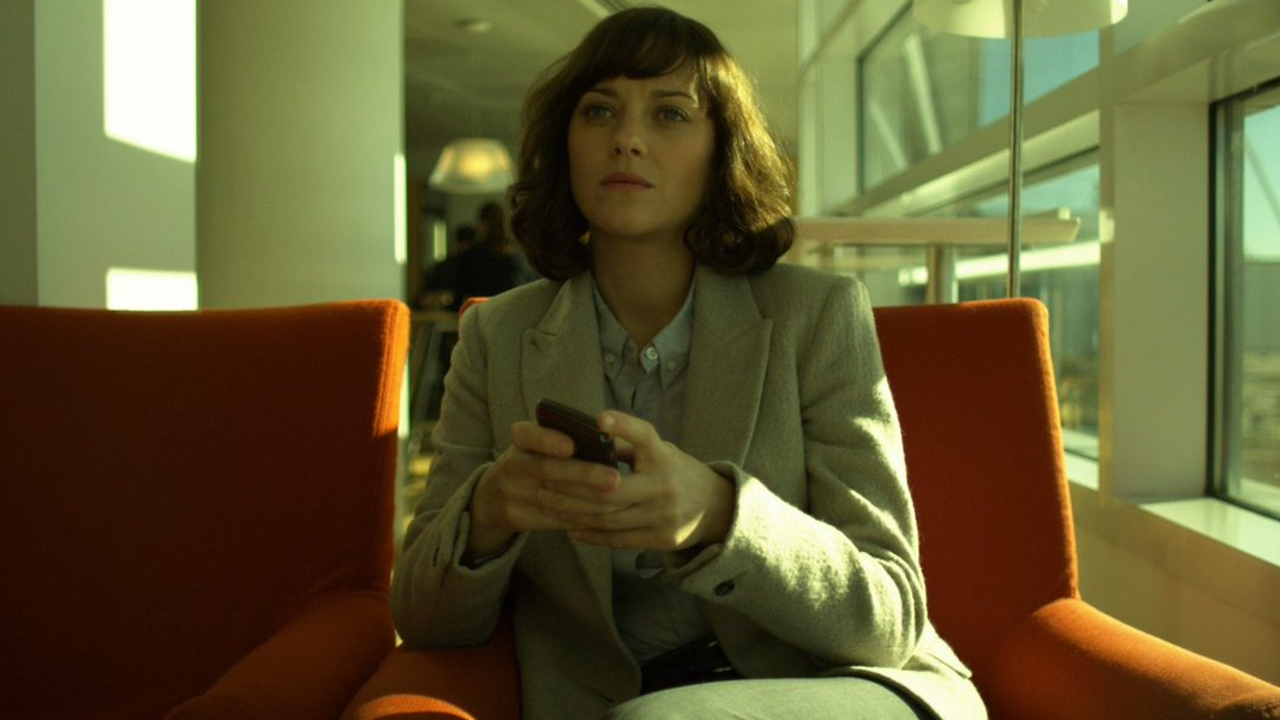
Steven Soderbergh And Scott Z. Burns Made A List Of Cliches To Avoid With Contagion
One thing that separates Contagion from your standard outbreak movie or disaster film is the way in which Scott Z. Burns and Steven Soderbergh found a way to tell an intimate story that takes place all around the world. In order to pull this off, the creative pair decided it would be best to avoid the tropes and clichés that often plague the genre. During a 2011 appearance on Charlie Rose, Soderbergh explained that he and Burns decided very early on there were certain things that didn’t belong in the movie, which included random shots of places like Paris where none of the characters visit or the shoehorning in of people like the President of the United States of America.
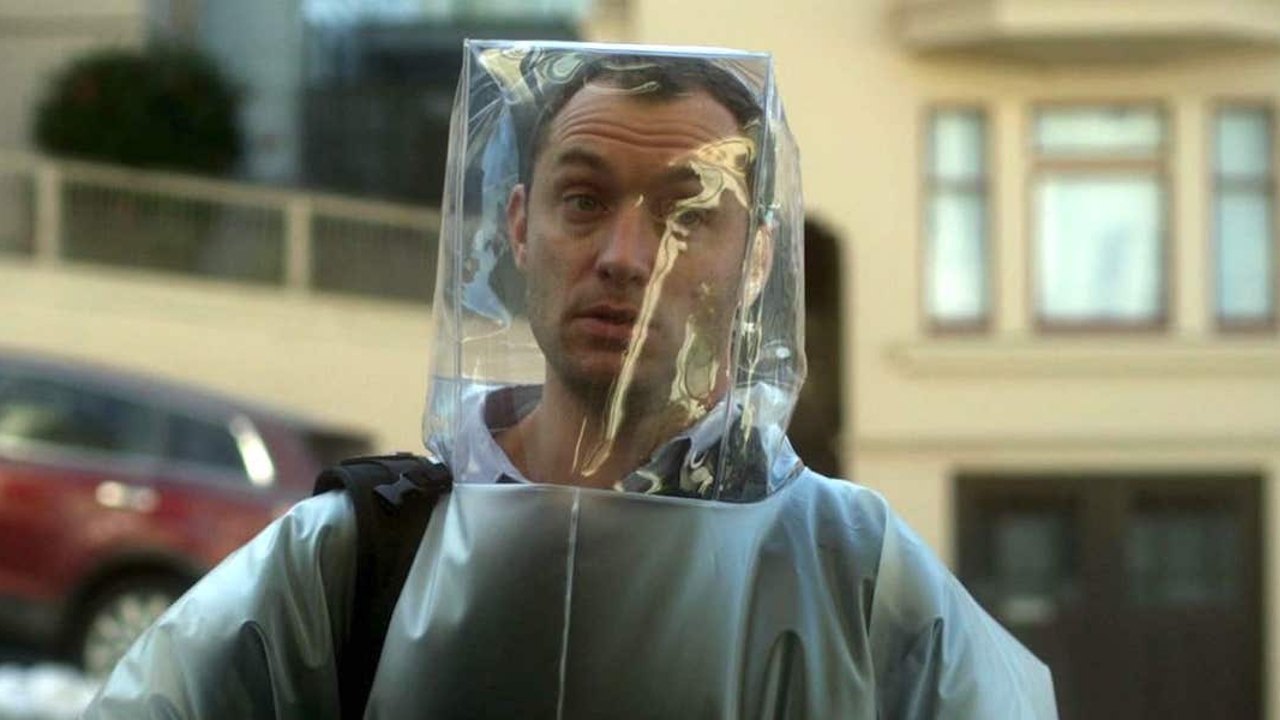
Jude Law’s Conspiracy Theorist Character, Alan Krumwiede, Was The Product Of The Critical Response To The H1N1 Pandemic
You would think that Jude Law’s character, Alan Krumwiede, would have been one of the earliest characters to be dreamt up for Contagion, but the conspiracy theorist and blogger was written very late in the writing process, as Steven Soderbergh revealed during that same Charlie Rose interview. When Soderbergh and Scott Z. Burns were working on the story, the world was in the middle of a real pandemic, H1N1, and the world’s response, especially from the more fringe media outlets inspired the character:
One of the things we clocked while that was going on was this other voice that was emerging through the story, this sort of critical, very suspicious, seeing conspiracies. That’s when the Jude Law character sort of sprang into being. … He puts pressure on our characters because he’s constantly pounding them to reveal more information. He has his own sort of ideological agenda he’s promoting.
Steven Soderbergh would go on to explain that there was a “great parallel” between Alan Krumwiede’s method of spreading information and the way the MEV-1 virus infected the world throughout the movie.
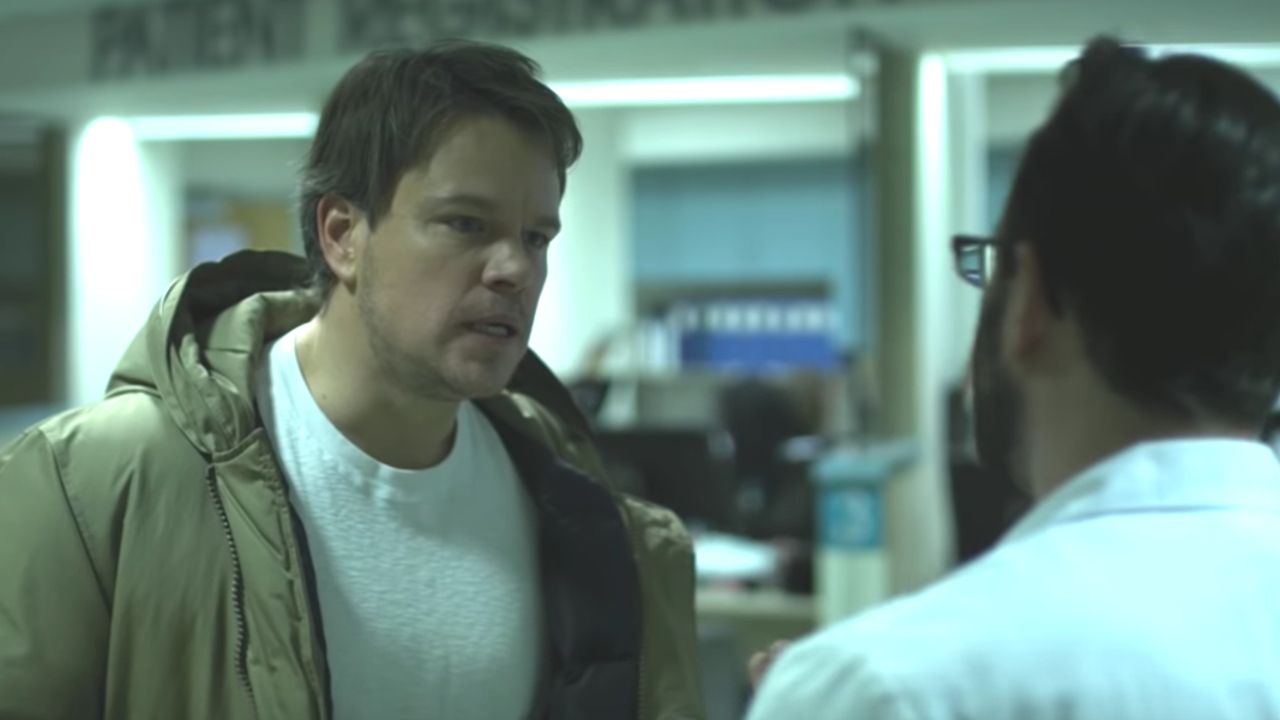
Matt Damon Met A Doctor To Prepare For The Scene Where He Reacts To Gwyneth Paltrow’s Death
There is a scene very early on in Contagion where Mitch Emhoff (Matt Damon) is told that his wife, Beth (Gwyneth Paltrow), has died from an unknown disease (later revealed to be the MEV-1 virus), a fact the shocked character fails to register before asking to speak with her. During a 2011 interview with ScreenCrave, Damon revealed that he had a lot of trouble preparing for this specific moment, not because of the nature of the scene, but because of the way in which Mitch responds to the news of his wife’s passing. But after meeting with a doctor on set, one who had a lot of experience in these types of situations, Damon learned that there are two common reactions to news like that: they either accept it or, in the case of a sudden death, they react the way in which the script was written: they initially disregard what the doctor (and social worker) tells them and ask to see their wife, parent, or child, failing to register they’ve passed away.
CINEMABLEND NEWSLETTER
Your Daily Blend of Entertainment News
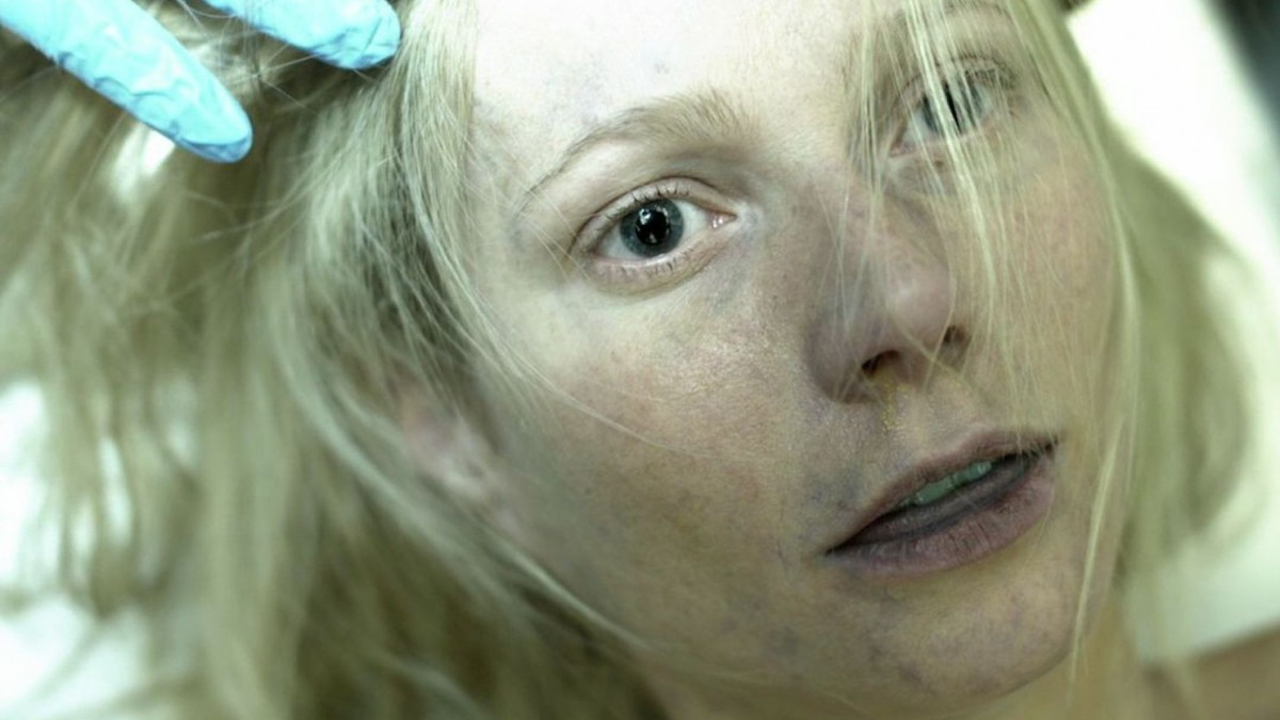
Practical Effects, A Medical Examiner, And A Very Still Gwyneth Paltrow Helped Create The Iconic Autopsy Scene
After the audience gets over the shock of Gwyneth Paltrow’s character dying very early on in Contagion, the moment is made all the more real when an autopsy is performed. To pull off this scene, Steven Soderbergh didn’t call for a model of Paltrow’s head or elaborate CGI. Instead, the production team took a more straightforward approach. In the same ScreenCrave interview mentioned above, Steven Soderbergh revealed that when it came time to the prepare for the scene, someone constructed a flap that would stand in for Paltrow’s scalp, met with a medical examiner to describe what a body looks like during an autopsy, and then have Paltrow partially stick her tongue out of her mouth and sit very still for an extended period of time.

Kate Winslet Met With CDC Epidemiologists To Prepare For Her Role In Contagion
One of the many subjects of Contagion is Kate Winslet’s ill-fated character, Dr. Erin Mears, who leads the Center For Disease Control and Prevention’s on-the-ground investigation of the movie’s viral outbreak. When preparing for the role, Winslet met with CDC epidemiologists to make the performance all the more real. Not long after the release of the film, NPR published an article on the CDC and its response to the depictions of specialists like Dr. Anne Schuchat, who was the basis for the character. In the article, Schuchat admitted that at one point Winslet called her up for advice on makeup and wardrobe advice for the character, to which the CDC official responded by saying it wasn’t a “glamorous” role for the Oscar-winning actress because not much makeup would be required.
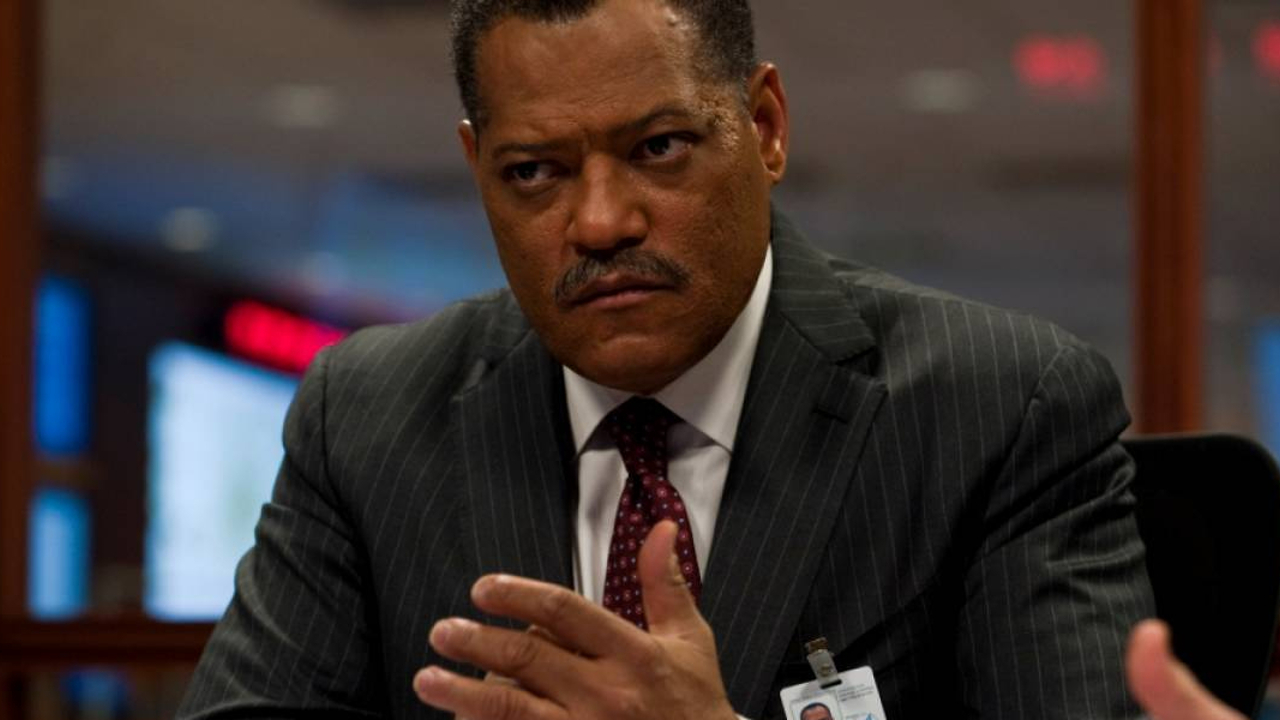
Only The Exterior Shots Of The CDC Campus Were Filmed In Atlanta, Everything Else Was Mostly In Chicago
A large portion of Contagion takes place at the Center For Disease Control and Prevention’s headquarters in Atlanta, Georgia, but the labs, offices, and briefing rooms we see throughout the movie weren’t actually filmed at the secured facility. In a 2011 Atlanta Journal-Constitution article about the film’s production, it was revealed that while the production crew were able to come onto the CDC campus to film exterior shots, they couldn’t film anything inside the building. All of those interior scenes were filmed beforehand in Chicago.
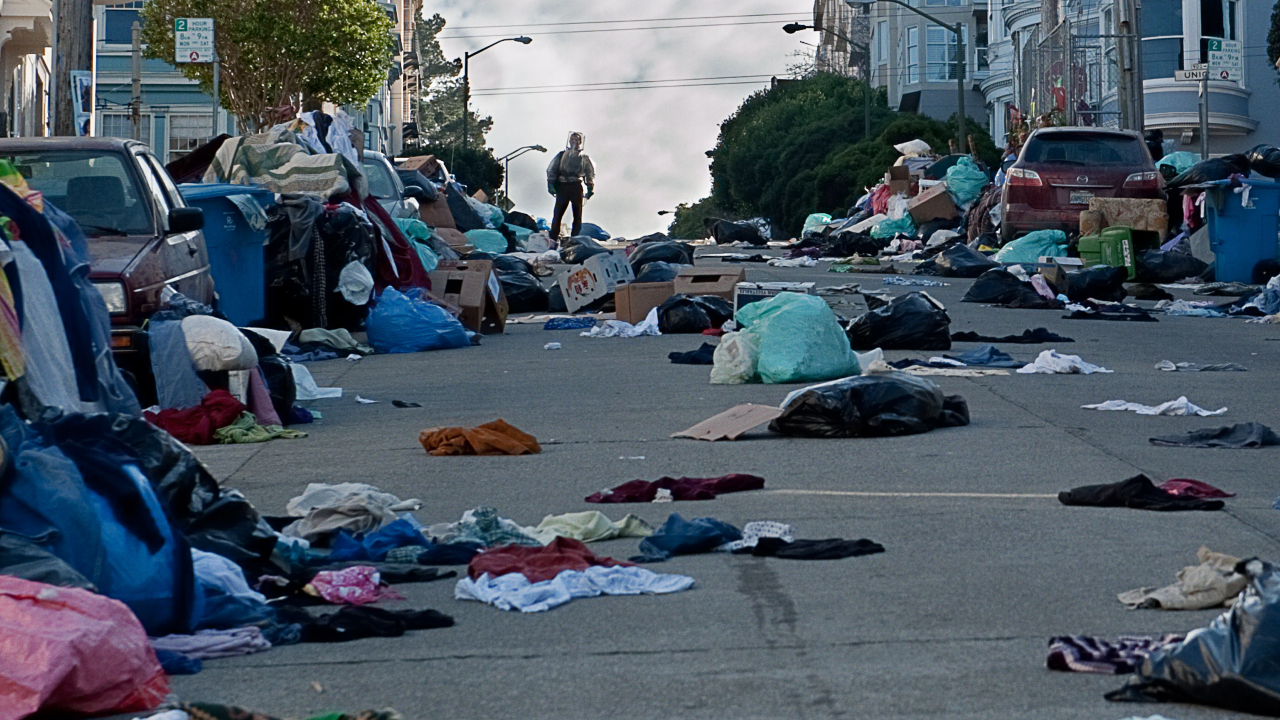
Hundreds Of Extras And A Football Stadium Were Called Upon For One Of Contagion’s Most Intense Shoots
One of the major plot-threads throughout Contagion is the development and implementation of a vaccine, a story that coalesces with a mass vaccination scene at a football stadium. In order to pull off this massive and intense shoot, the production crew called upon hundreds of extras and had them set up shop at Candlestick Park, the home of the San Francisco 49ers at the time of production (the team has since relocated to Levi’s Stadium in Santa Clara, California). In early 2021, the Contagion cast and crew spoke to the San Francisco Chronicle’s Datebook website to share their experiences from the 2011 shoot that completed the months-long production of Seven Soderbergh’s pandemic thriller, with one of the paid extras saying they felt it was strange at the time to see so many people wearing masks, something that has become a common sight 10 years later.
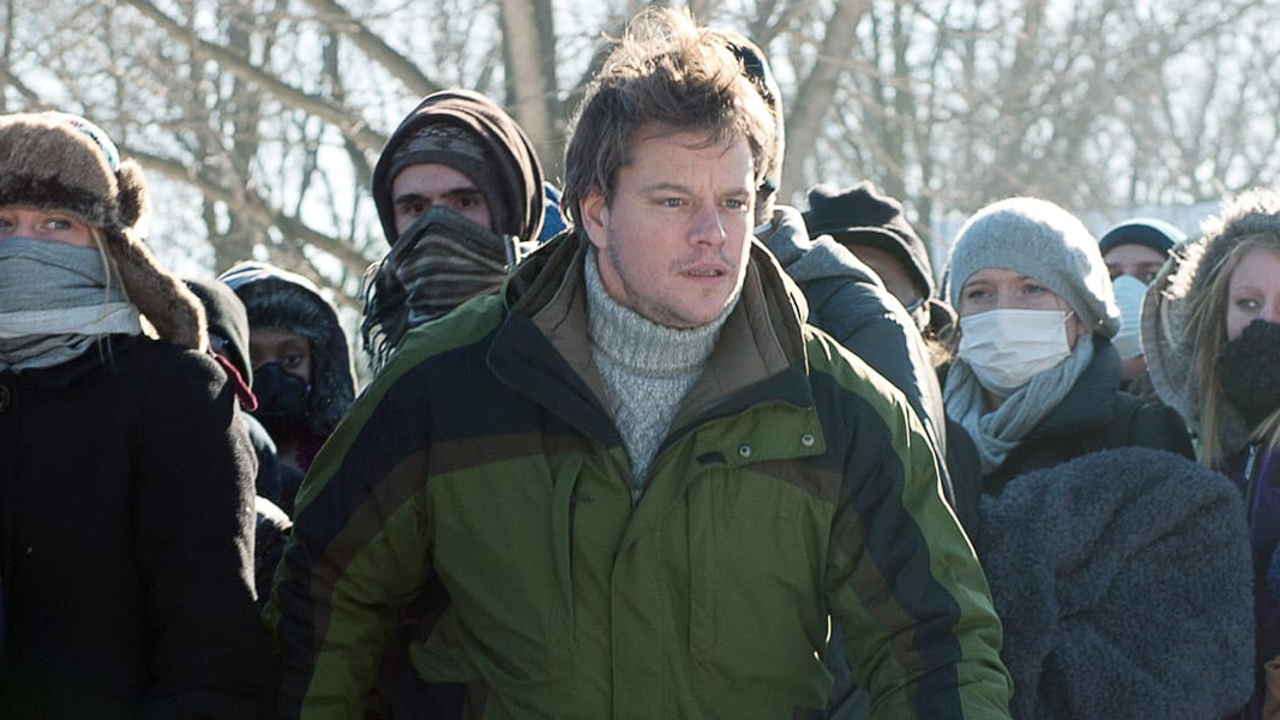
Composer Cliff Martinez Was Tasked With Conjuring Up Fear, Anxiety, And Then Hope With His Contagion Score
One thing that helps move along the plot of Contagion is Cliff Martinez’s captivating and driving score that takes the audience on an auditory thrill ride as the story unfolds on the screen. In September 2011, Martinez, who has since been inducted into the Rock and Roll Hall of Fame for his work with the Red Hot Chili Peppers, told Mubi that his job with Contagion was to “keep things moving along” while also conjuring up various emotions. This included creating a sense of anxiety at times, magnifying the fear at others, conjuring up a feeling of tragedy, and then finally hope as the tide begins to turn with the rollout of the vaccine near the end of the movie.
There are multiple reasons why Contagion has aged so well (frighteningly so) over the course of the past decade, including its level of detail, the commitment by its all-star cast, and just about everything else about the terrifying thriller. In the event you’re looking for something less anxiety-inducing, check out CinemaBlend’s list of upcoming 2021 movies.

Philip grew up in Louisiana (not New Orleans) before moving to St. Louis after graduating from Louisiana State University-Shreveport. When he's not writing about movies or television, Philip can be found being chased by his three kids, telling his dogs to stop barking at the mailman, or chatting about professional wrestling to his wife. Writing gigs with school newspapers, multiple daily newspapers, and other varied job experiences led him to this point where he actually gets to write about movies, shows, wrestling, and documentaries (which is a huge win in his eyes). If the stars properly align, he will talk about For Love Of The Game being the best baseball movie of all time.
